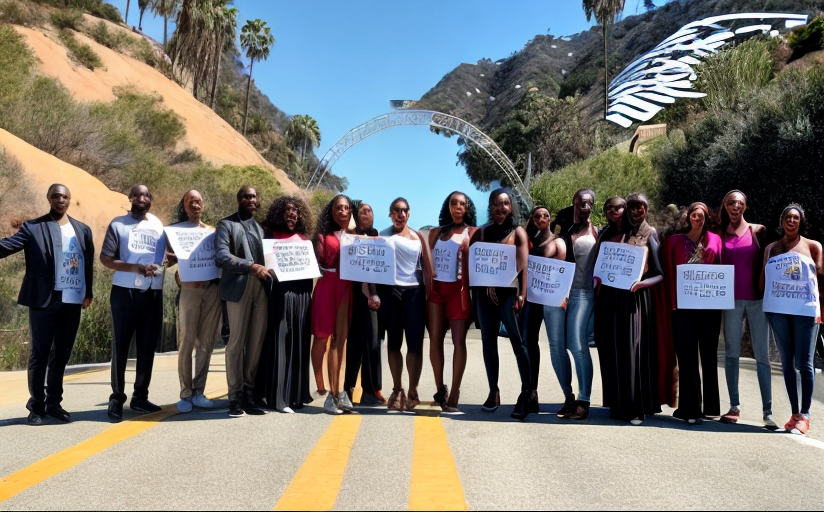Analysing the Increase in Representation and Diversity in Hollywood: Genuine Progress or Mere Performance?
The Hollywood film industry has been witnessing an apparent increase in the representation of diverse groups over the recent years. This article seeks to critically examine this trend, analysing whether it marks genuine progress and acceptance or if it is merely performative.
Racial and Ethnic Diversity
A growing number of films and series are featuring actors of different racial and ethnic backgrounds in key roles. According to a report by the University of Southern California’s Annenberg Inclusion Initiative, 47.8% of actors in leading roles in 2020's biggest films were from underrepresented racial and ethnic groups, a significant increase from previous years. However, the question remains are these changes permanent? Or are they temporary, motivated primarily by societal pressure and public image rather than true intent for change. It is worth noting that these numbers remain disproportionate to the racial and ethnic makeup of the U.S. population.
LGBTQ+ Representation
Similarly, the visibility of LGBTQ+ characters in films has been increasing. GLAAD's annual Where We Are on TV report shows LGBTQ+ characters represented at a record high of 11.9% in 2020. Yet the reality of tokenism persists. Are these characters being given significant, multidimensional roles, or are they simply used to tick a diversity checkbox?
Gender Equality
Despite notable advances in gender representation, Hollywood has been slow to achieve parity. In 2020, women comprised 40% of leading characters in major films, a slight increase from the previous year. Women of colour, older women, and women with disabilities continue to be underrepresented. As for behind-the-scenes roles, women made up only 21% of all directors, writers, producers, executive producers, editors, and cinematographers. Progress must not be mistaken for achievement of equality.
Diversity Initiatives in Hollywood
Recent years have seen various Hollywood organisations launching diversity initiatives. For instance, the Academy introduced new Oscars eligibility guidelines emphasizing diversity. Such measures have been welcomed as a pivotal step forward but still face criticism for not going far enough or for being merely a public relations stratagem. It remains to be observed whether these initiatives lead to real, substantial changes in Hollywood.
Transitioning from Diversity to Inclusivity
While it is important to applaud the progressive strides made in Hollywood, there remains a vital need for transition from mere representation to meaningful inclusivity. This entails not just casting diverse actors, but also incorporating diverse narratives, decision-makers and off-camera talents. True inclusivity also means offering these individuals opportunities for growth within the industry and safeguarding them from discrimination.
The dialogue around diversity in Hollywood is an ongoing one. It's critical to acknowledge the progress made, but it is equally important to scrutinize it. Is the change we're witnessing genuine and profound, or is it merely performative? Only time and continued transparency in reporting and processes will tell.


















Comments
Leave a Comment